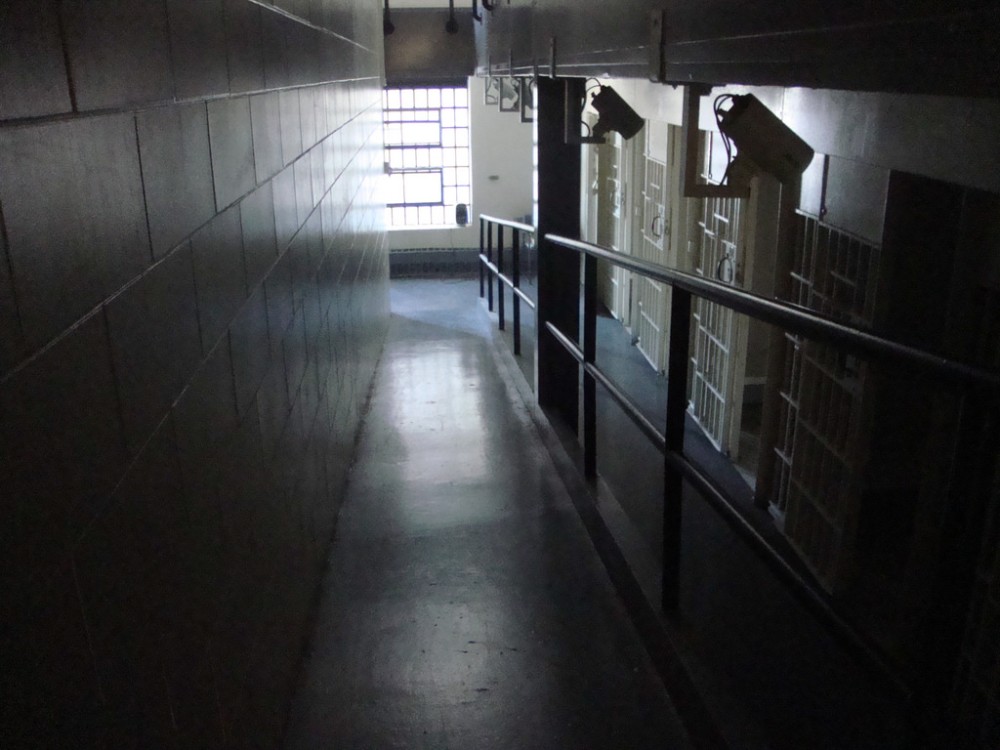Encountering the Gerasene demoniac in an American prison
Incarceration is a tomb. It beats death into people.
At the maximum-security prison, a correctional officer escorts me up the long, wide passageway that intersects with the housing units, the usual route to the classroom where I teach each week. As we walk, thick plexiglass and metal doors open in front of us and close behind us, operated by someone somewhere watching with cameras.
At one point all the doors around us clamp shut, and to our left another slides open. It’s the door to the close custody unit, where prisoners are kept in 80-square-foot concrete cells, isolated from one another and from the rest of the population. They are let out for an hour each day to walk around in a recreation cage and are allowed three ten-minute showers per week. The close custody unit is also called the segregation unit; on the outside we know it as solitary confinement. The prisoners call it “the hole.”
I stand with my escort as five guards walk with one prisoner—leading him, encircling him, monitoring his every move. He is in full restraints: wrists handcuffed together in front of him, fastened to a chain belt around his waist and shackles on his ankles. He is naked, except for what looks like a tight miniskirt made out of thin, white plastic—like a kitchen trash bag.





